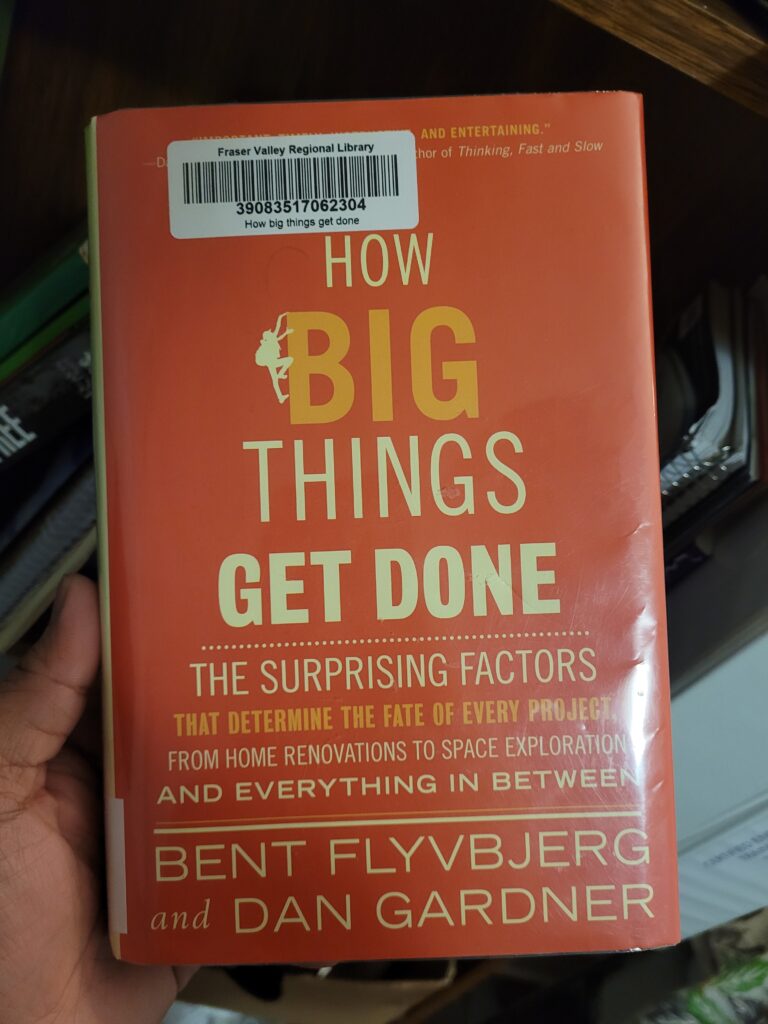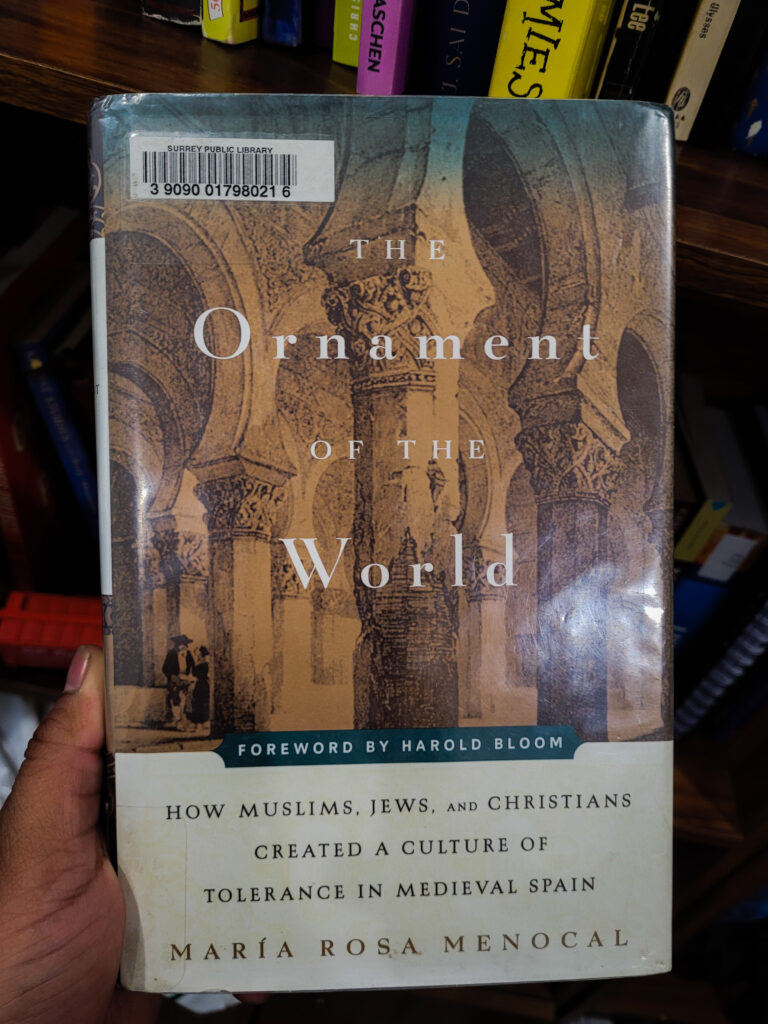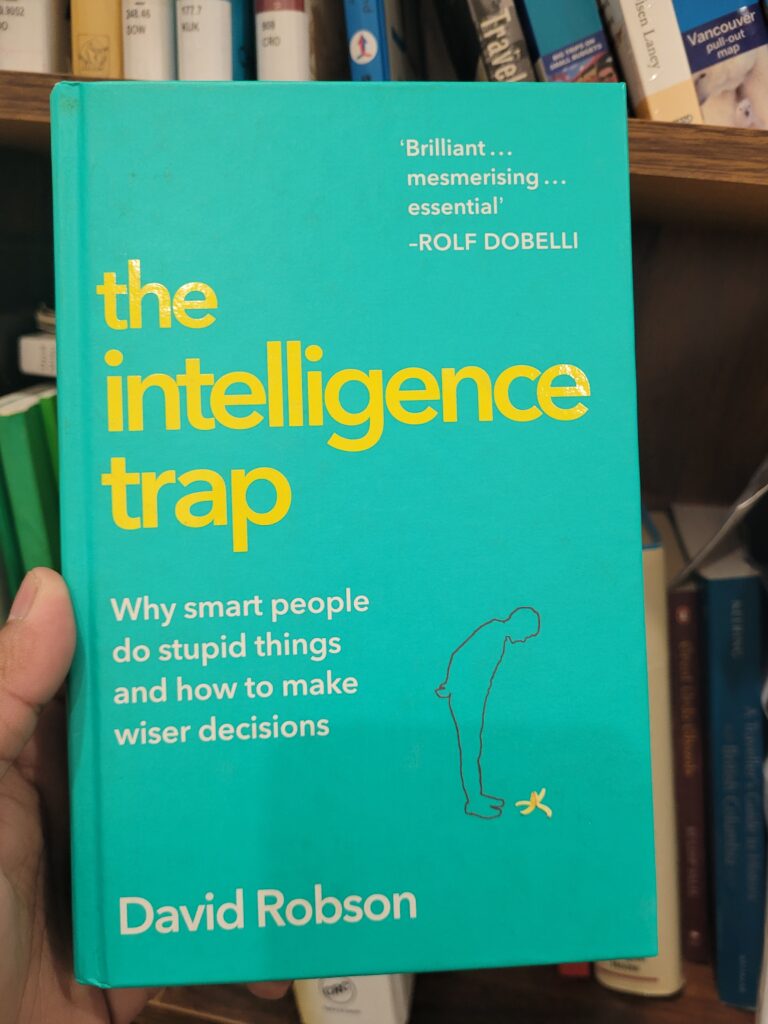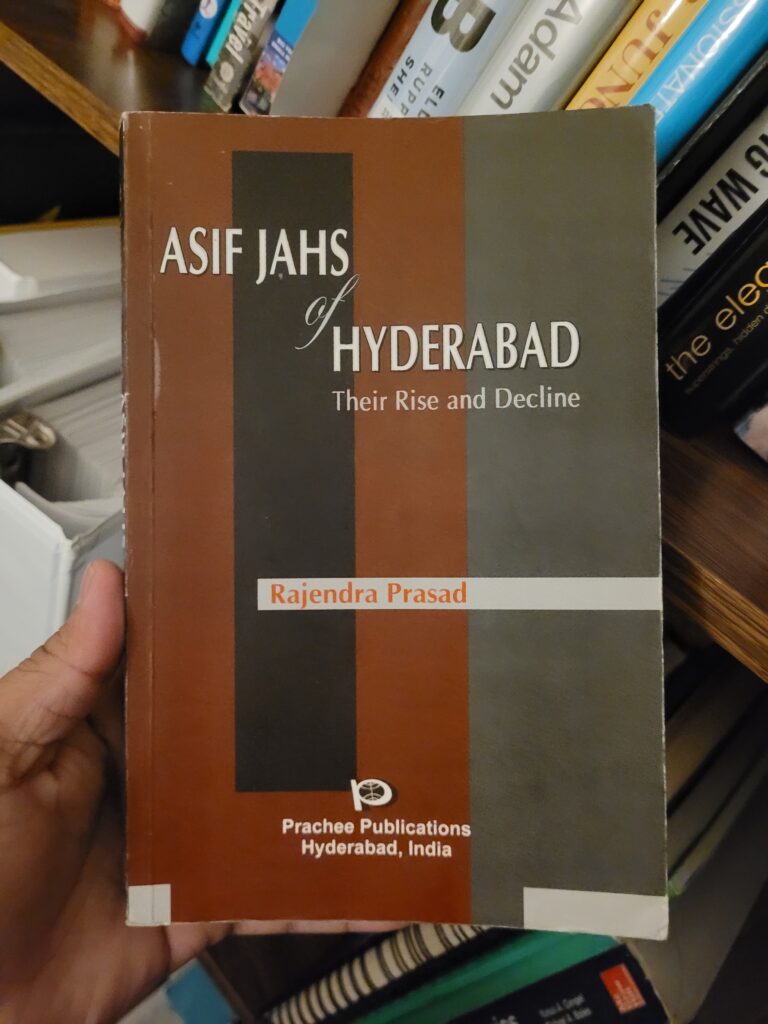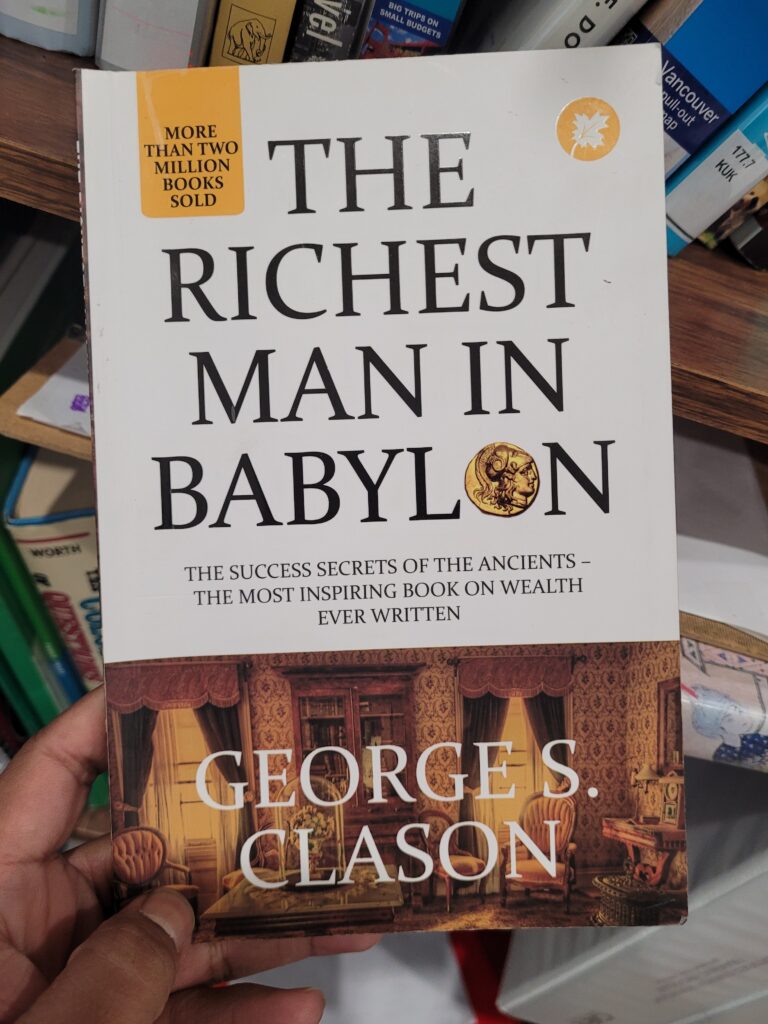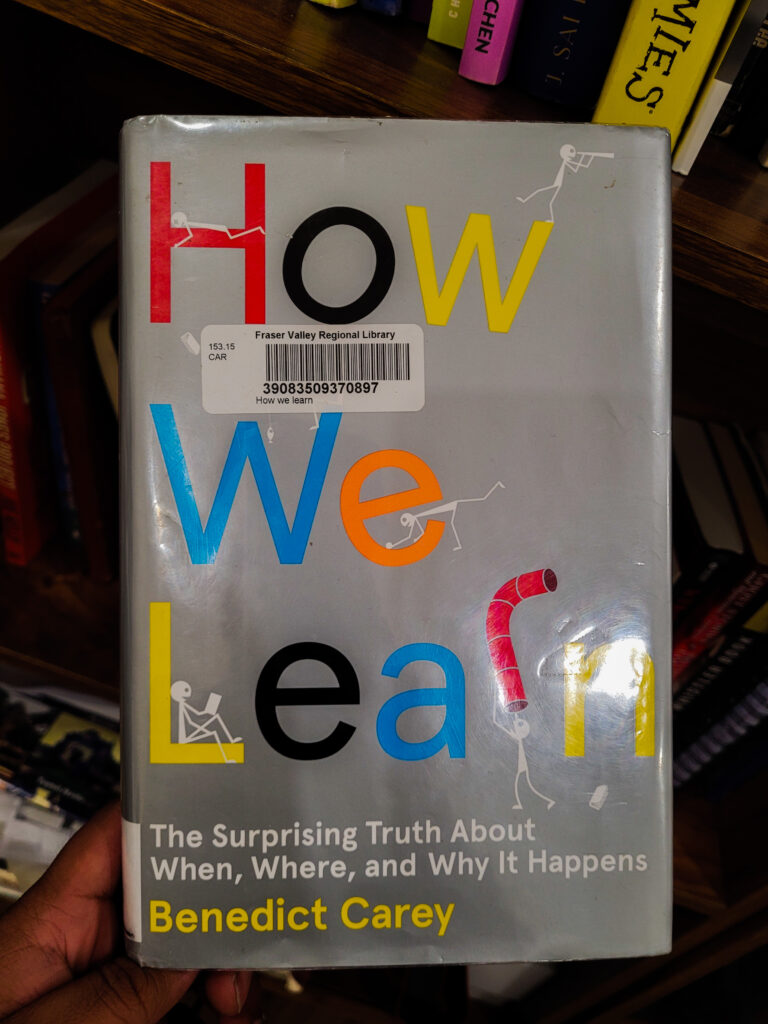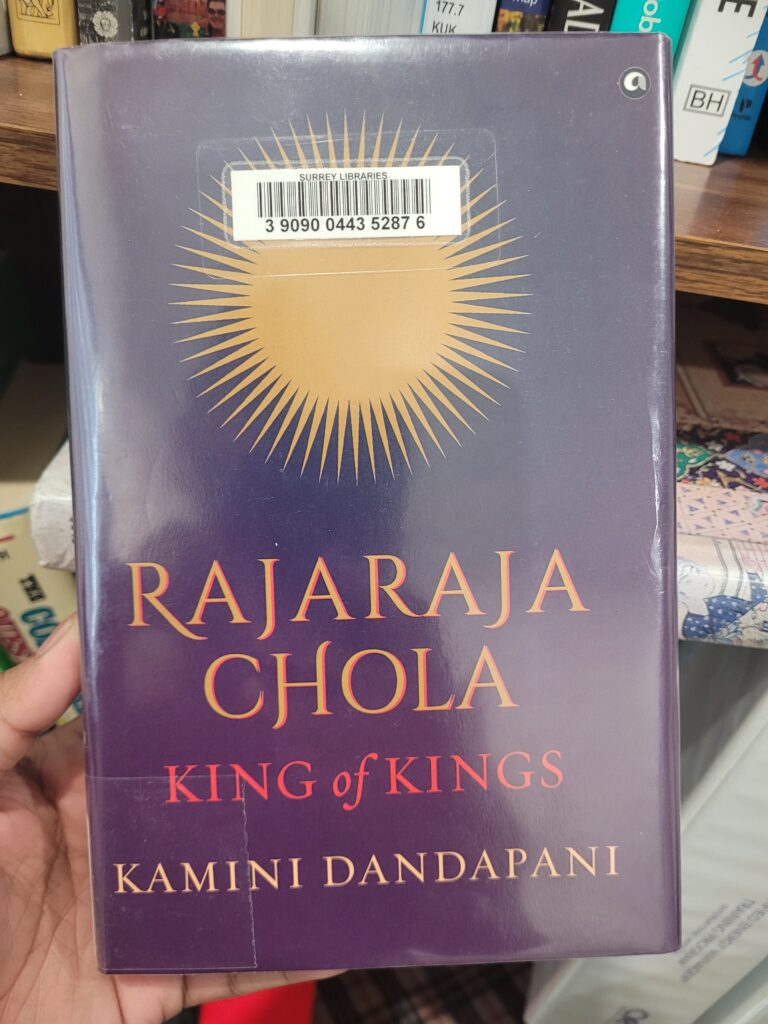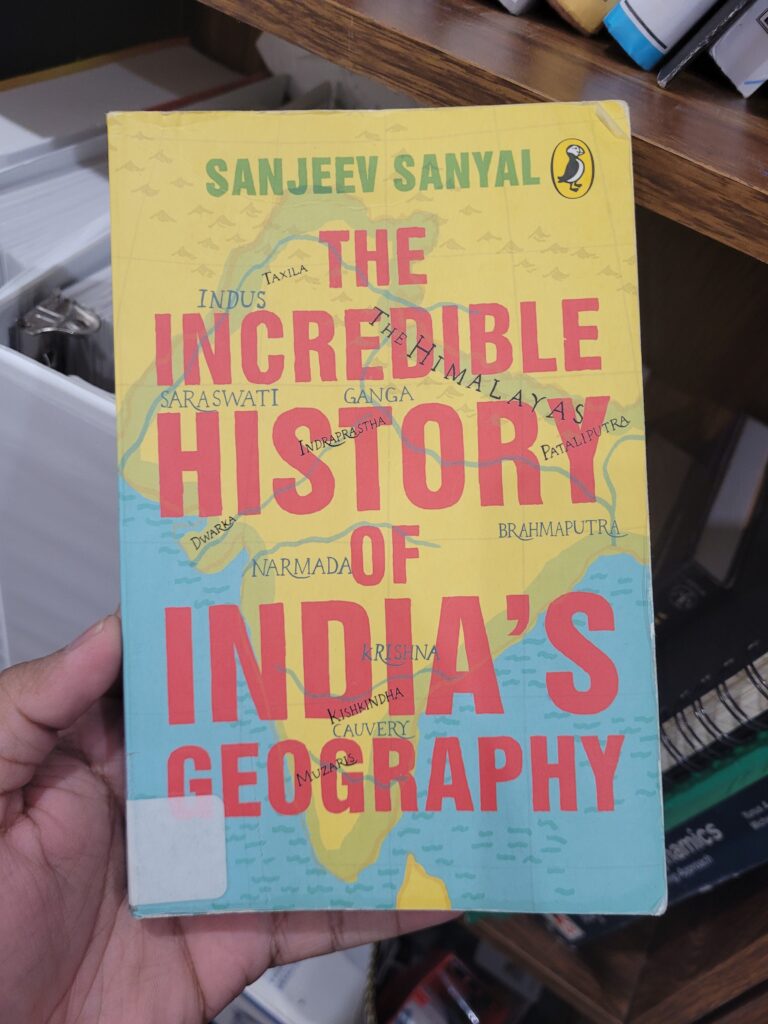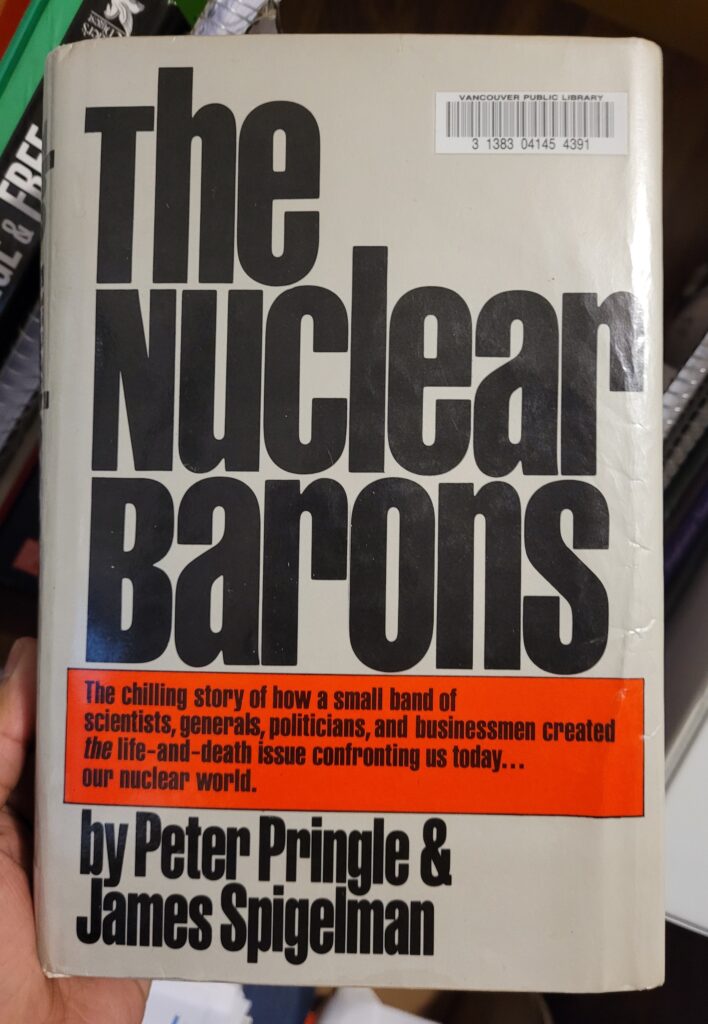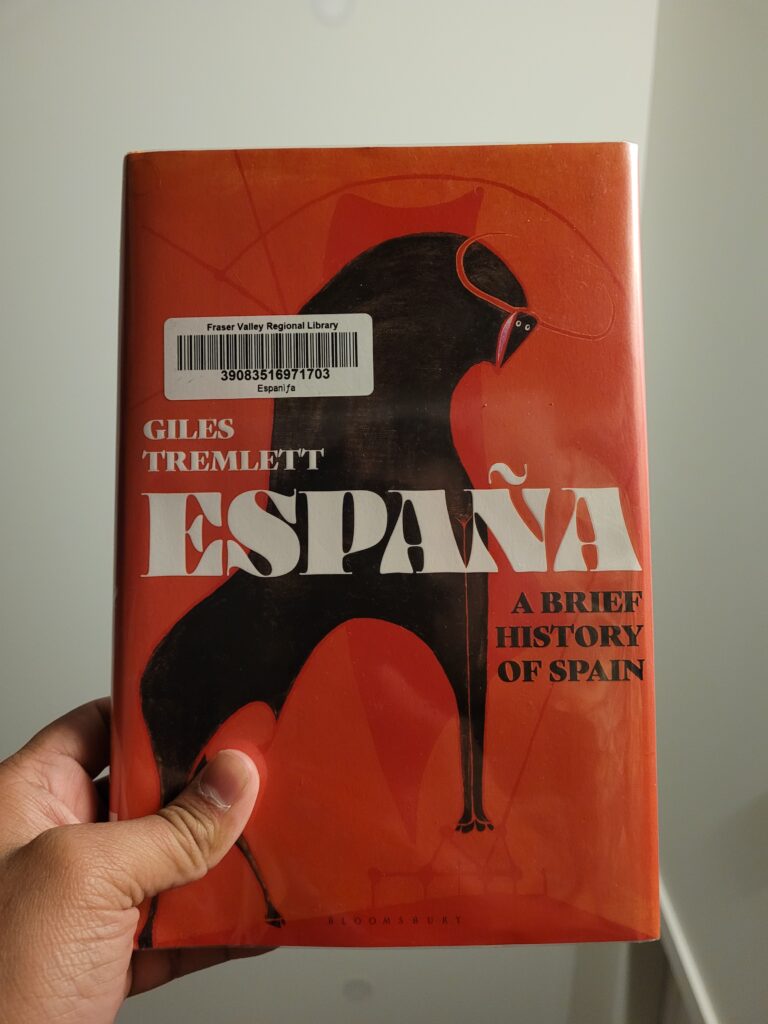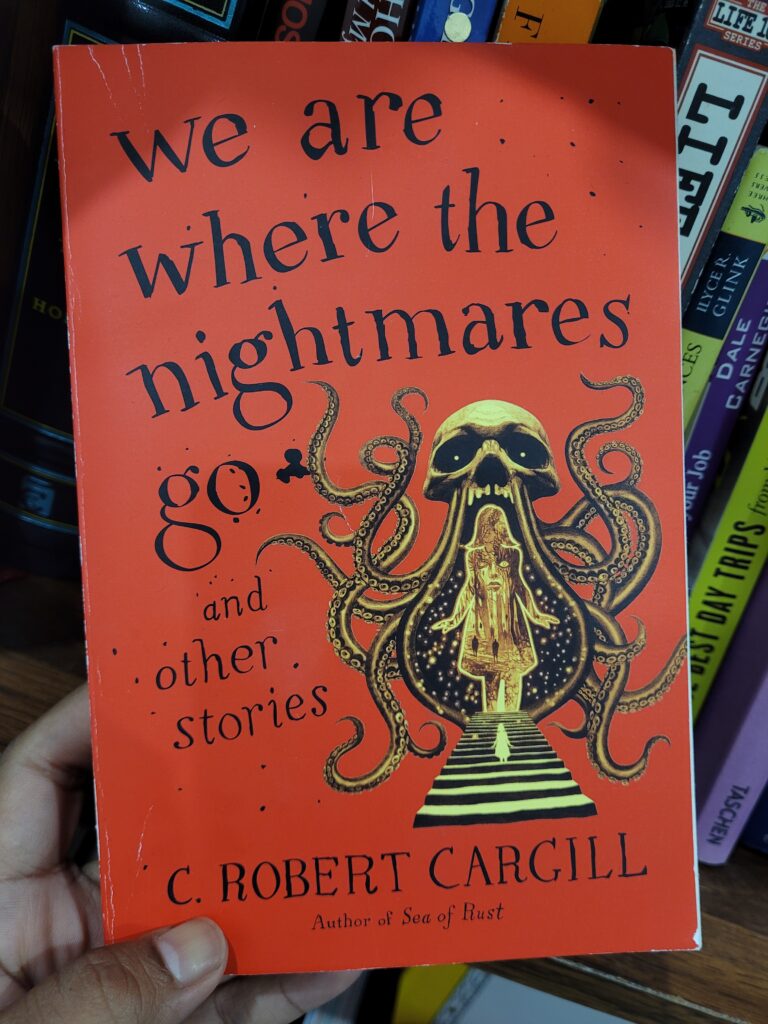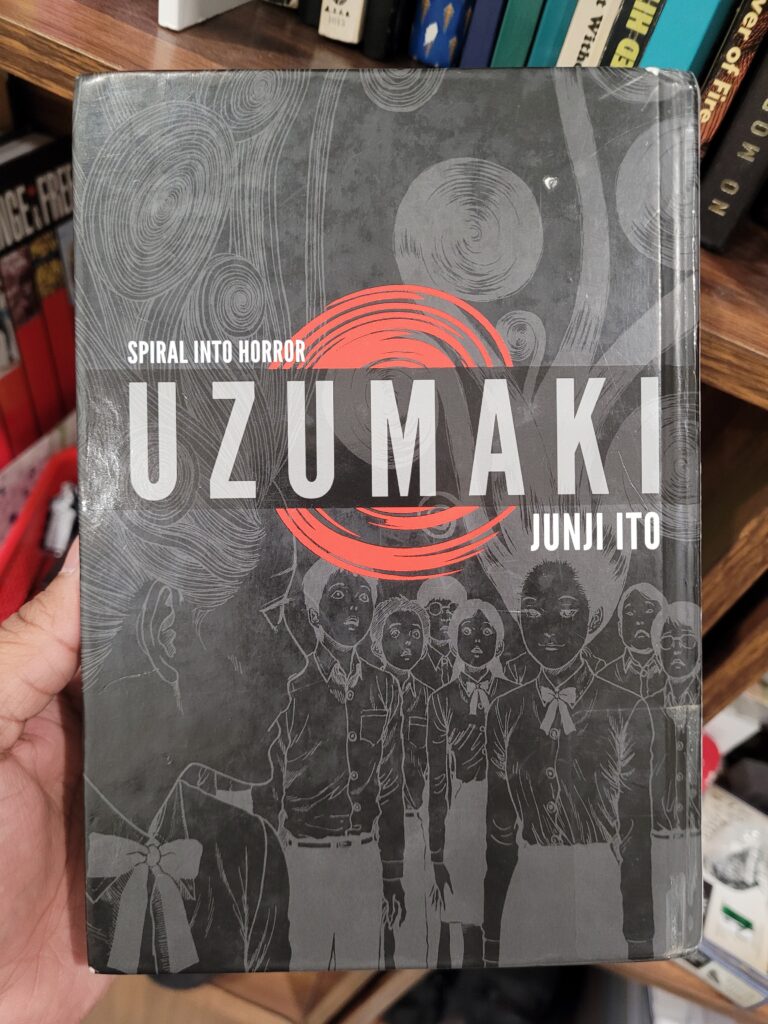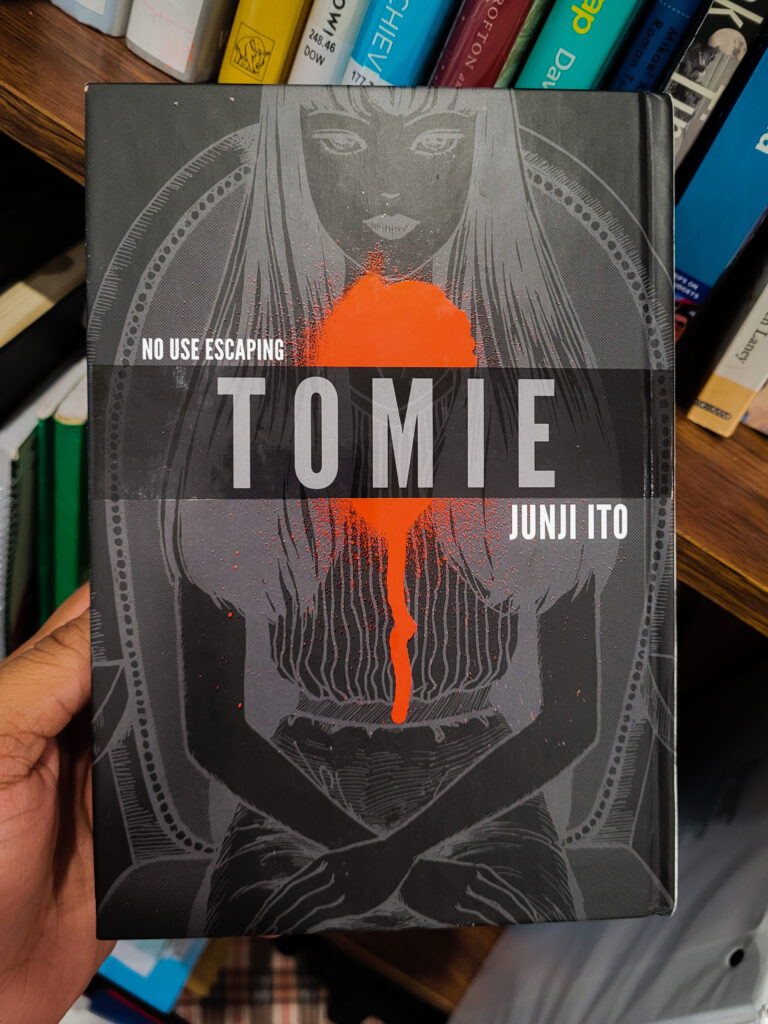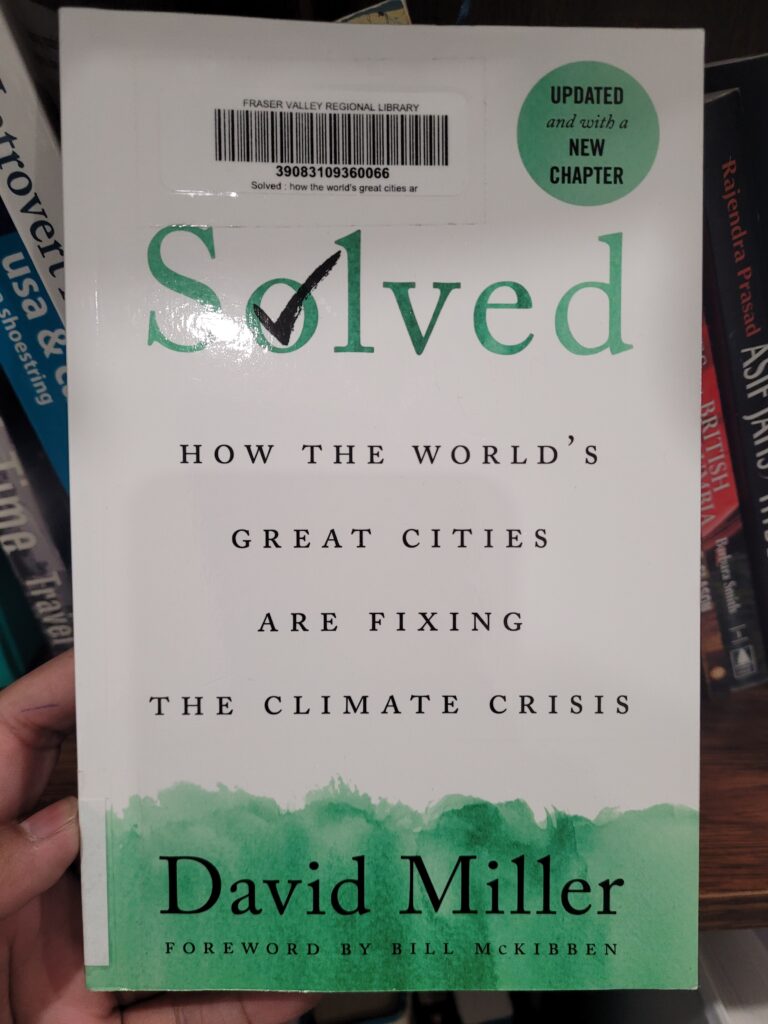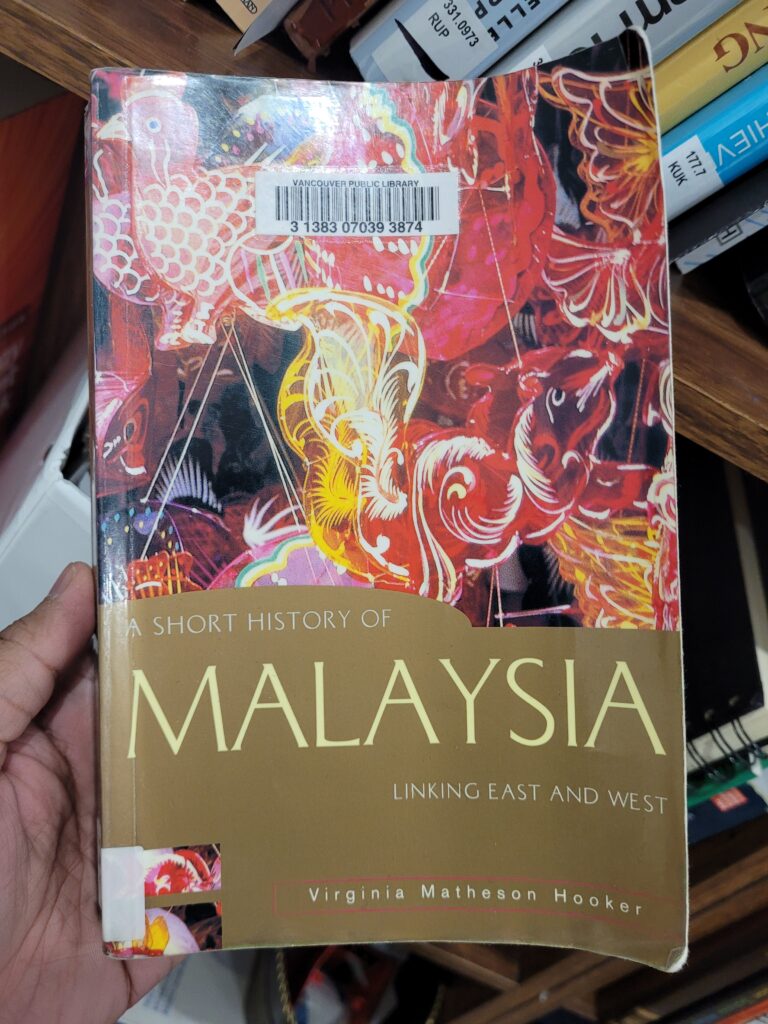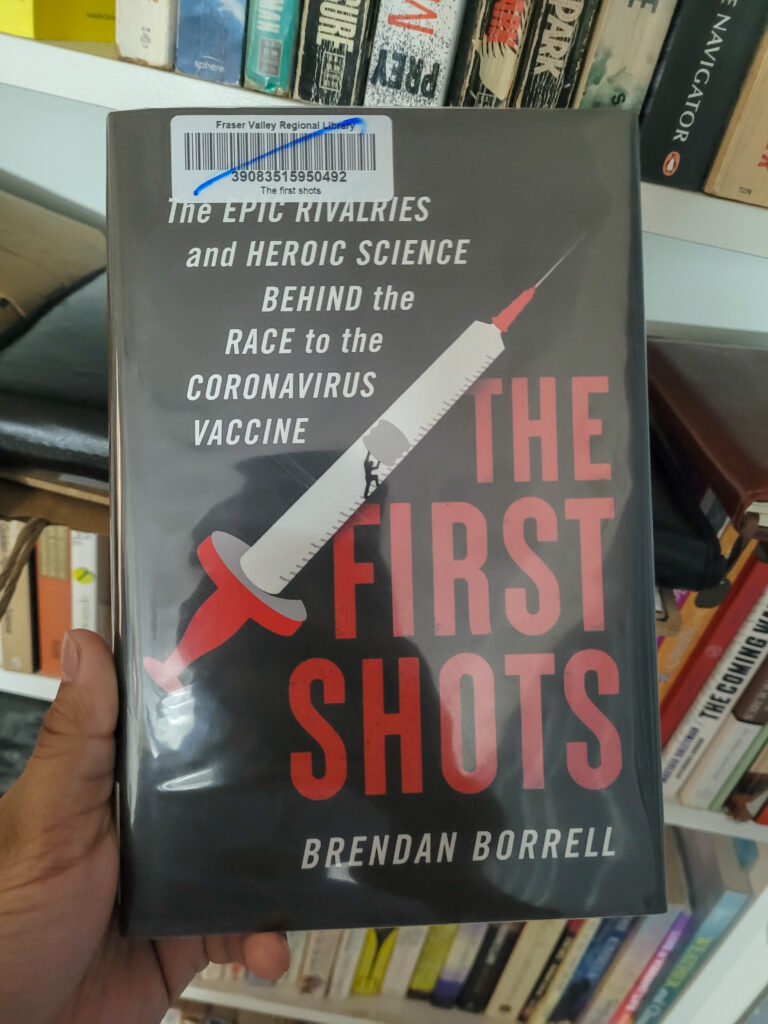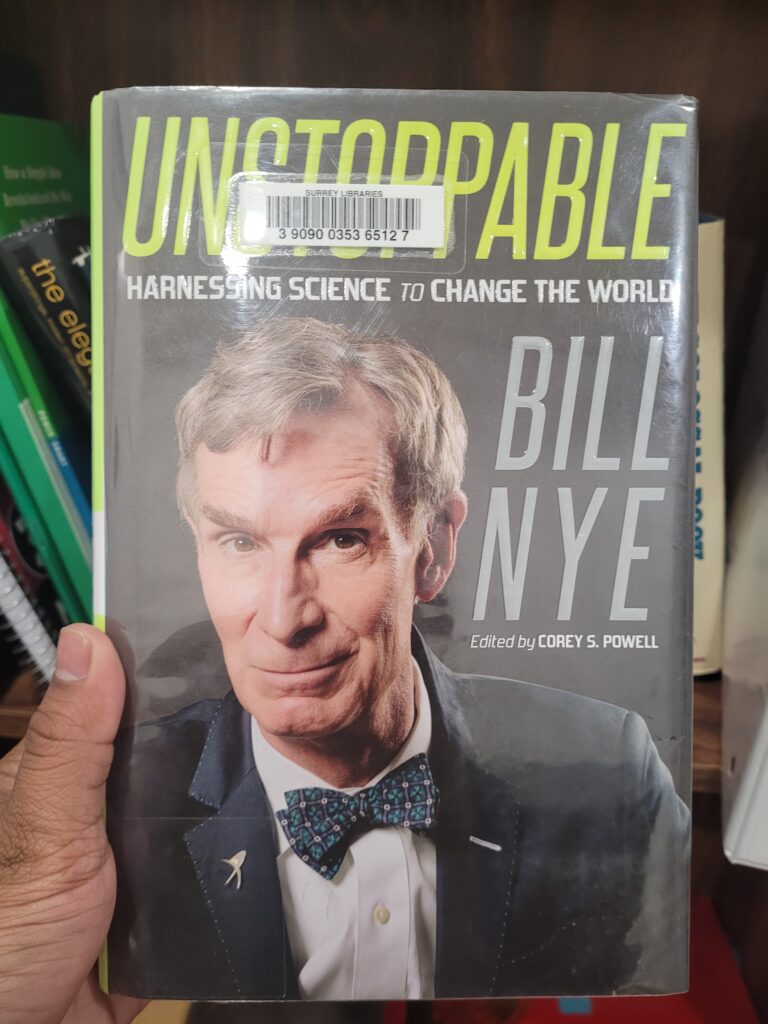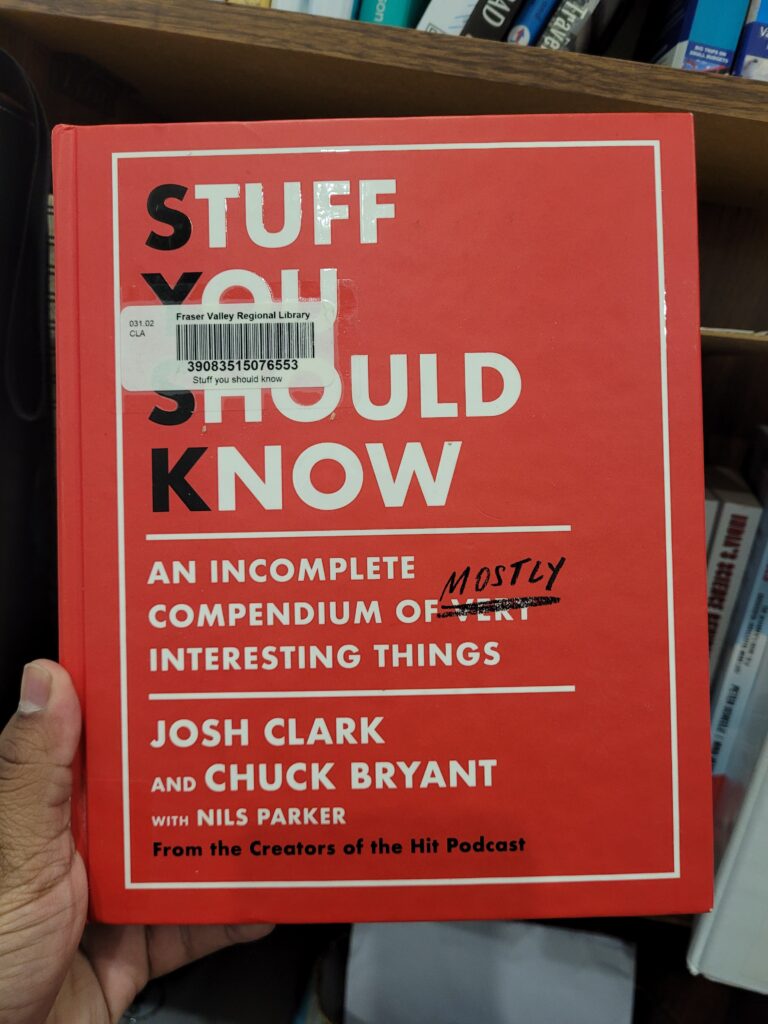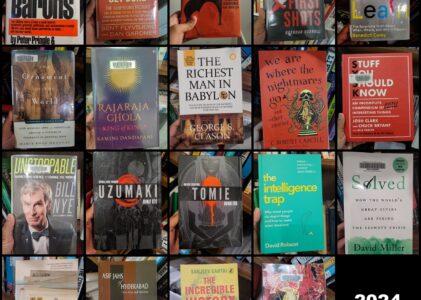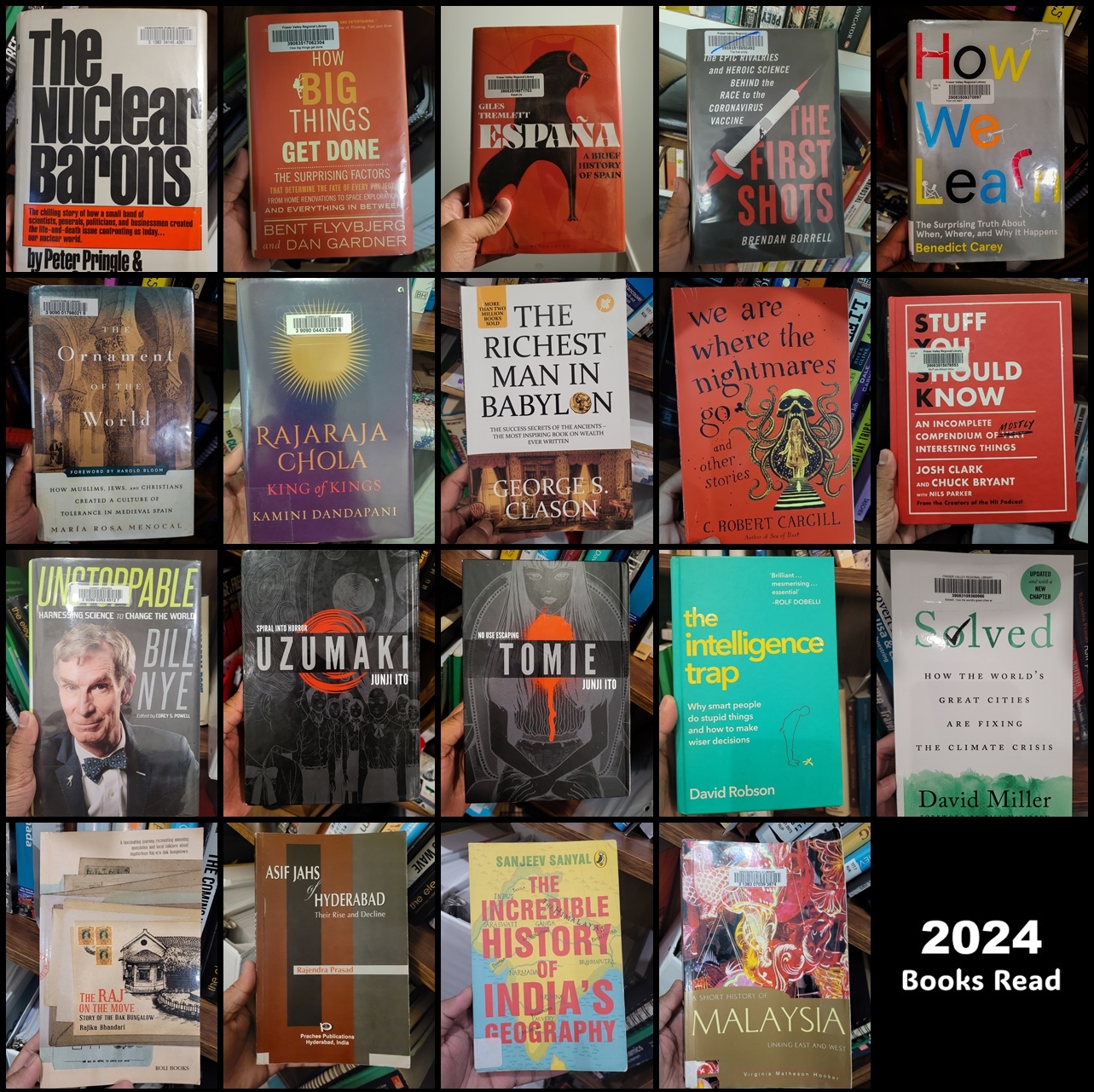
This year I had a target of reading 20 books which I achieved just in time.
1. The Nuclear Barons: Published in the 80s, this book traces the history of how nuclear power emerged during World War 2 period, first as an application for a bomb and then later for fuel for power generation.
2. How Big Things Get Done: This book talks about the factors which can make or break a project, be it a small project like a Kitchen Renovation or a mega project like building a new terminal of an airport. The author, who is an expert on troubleshooting projects which are delayed, over budget or are just in any kind of trouble, talks about why big projects routinely go over budget or over time and suggests ways those can be avoided. This is a must read for anyone working on a project no matter the size.
3. Espana: This book is about the history of Spain, from prehistoric times to today. Starting with the mythological figure of Hercules, the author quickly takes us to Al Andalus by the third chapter and then journeying through the blood thirsty conquistadores we cross into the 16th century and later. In 300 pages the author gives a snapshot of the history of Spain and how it got shaped into what it is today.
4. The First Shots: When Covid19 hit the world in 2020, the general public spent the first few months thinking that it was going to pass quickly but it wasn’t to be. Few months later all the talk was about vaccines. How soon can they be developed and how it was the only hope mankind had before deaths peaked again next winter. This book chronicles the journey of the development of these vaccines. From the time the medical world got to know about the existence of the coronavirus in Wuhan, China till the first patient in the world who got the vaccine jab, this book details it all. The story though is confined to USA and UK and does not mention much about the vaccine development work in other parts of the word notably India and Russia.
5. How We Learn: How does the brain learn new things? What is the best way to learn? And what is the best way to remember that info? These are some of the questions, the author Benedict Carey tries to answer in this book. Benedict, who is a science reporter, splits the book into 4 parts. Part 1 is a basic background of how memory functions in the brain and about forgetting, which he mentions is a very important act in the overall learning process. Part 2 is about Retention and what’s the best way to do it. Part 3 is about distraction, a concept called Percolation and Interleaving. Part 4 is about the power of the subconscious and the very important role of sleep.
6. The Ornament of the World: This book is a deeply evocative look at the golden age of Al Andalus, a region in Spain (Iberian peninsula) which was ruled by Muslim rulers during the medieval era (around 700s to 1492). The people of the three religions i.e. Islam, Christianity and Judaism who lived in this time and place created a culture of tolerance that is unrivalled in history. The accomplishments made during this time in literature, art, architecture, music and many other areas have influenced mankind in more ways than one. The general perception in the west is that it has developed largely independent of other influences but that couldn’t be more wrong. The author, Maria brings out the best of those times in the pages. I can sense the love the author has for that time period. Its beautiful to see that kind of passion just flowing out the pages of the book.
7. Rajaraja Chola: Rajaraja Chola of the Chola dynasty was one of the greatest Kings of India. His reign started in 985 AD and he ruled for the next 29 years. At the peak of his reign, the Chola kingdom was spread over most of South India. This book details his life and his achievements. Cholas have an interesting history. They originated in what is called the Sangam era some 2000 years ago and then slowly vanished from history resurfacing again some 800 years later in the 9th century. These new Cholas were called Imperial Cholas by the modern day historians. This book starts from the Cholas of the Sangam era through the Imperial Cholas, the zenith of which was the rule of Rajaraja and later his son Rajendra Chola and finally the rest of the dynasty until its demise at the hands of their greatest rivals Pandyas.
8. The Richest Man in Babylon: First published in 1926, this book is a modern day classic about personal finance. In around 120 pages, it dispenses financial advice in the form of parables set in the ancient city of Babylon. Most of the parables are set around the richest man in Babylon, who is admired by many, about how he got his wealth and how others can do the same.
9. We are where the nightmares go: This is a compilation of 10 horror short stories by the writer of horror movies like Sinister and The Black Phone. Most of the stories are set in the modern times. This is not specifically stated in the stories themselves but can be ascertained by the usage of contemporary language and objects.
10. Stuff you should know: Have you ever wondered about random things like those cyanide pills that movie characters take when caught? or about the Jersey Devil? or maybe the history of guns? This book takes up subjects like that and presents trivia and information about them. It has a variety of subjects with no clear classification or criteria for selection. Maybe the only criteria is that it has to be interesting. It ranges from the types of facial hair to the history of Income Tax.
11. Unstoppable: Unstoppable is about the solutions offered by Science to deal with Climate Change. In it, the author, Bill Nye, first gives an explanation of Climate Change, then moves onto explain the different sources of clean energy we have including solar, wind, hydro, nuclear etc. He also looks at other aspects which are connected like water, space and what the general public can do. The author, Bill Nye, who is a Mechanical Engineer, is best known as the host of the Bill Nye the Science Guy (1993-1999).
12. Uzumaki: ‘Uzumaki’ is a Japanese horror manga (graphic novel) from the legendary Junji Ito. “Uzumaki’ means spiral. The story revolves around the appearance of spirals in a small seaside town in Japan and the madness and chaos which ensue soon after. Its a collection of chapters, each, exploring the different ways the spirals affect the people of the town. The protagonist is a girl names Kirie around which all the stories are centered.
13. Tomie: ‘Tomie’ is a Japanese horror manga by Junji Ito. Tomie is a mysterious girl whose unmatched beauty drives men insane and eventually leads them to kill her. But Tomie does not die easily. She always comes back. This books has multiple chapters each telling a different story of how Tomie leads men and families to their ruin.
14. The Intelligence Trap: Sir Arthur Conan Doyle believed in the existence of fairies which seems off for a genius like him. The Intelligence Trap tries to explain this behavior of high IQ people making seemingly stupid mistakes. Packed with examples and real-life case studies, this book also explains how to avoid the intelligence trap by following some simple techniques.
15. Solved: In this book, David Miller, who was a former Toronto Mayor, talks about the role of city governments in taking action on climate change. He makes the case for cities being one of the most important players in our fight against climate change. In the book he shows how some cities around the world are already doing impactful work, and urges other cities to follow.
16. The Raj on the Move: During the days of the British Raj in India, the officers of the Indian Civil Services used to travel throughout the length and breadth of the country touring their domains to discharge their duties. On these travels they needed accommodation, sometimes in some of the most remote corners of India, and most often, Dak Bungalows offered this. These bungalows, variously called Circuit houses or Forest Rest houses, were set up by the methodical British in their efforts to bring order to a chaotic country. In Raj on the move, Rajika Bhandari combines her love of Dak Bungalows with some fine writing to bring out the essence of these forgotten buildings. She talks about the buildings in multiple chapters each devoted to one aspect of the building including purpose, architecture, food, locations and perhaps most interestingly for some, myself included, the famous resident ghosts.
17. Asif Jahs of Hyderabad: Did you know that after the Indian Independence on 15 August 1947 there was a period of 13 months when the Princely State of Hyderabad existed as an independent nation? It only joined the rest of India in September 1948. Hyderabad these days is mostly known for its Biryani, its IT sector, the unique Hyderabadi language and of course the Charminar. Founded in 1591 to accommodate the growing population of the nearby Golconda, Hyderabad has seen over 400 years of history which can be split into 2 phases with a brief Mughal transitional period in the middle. The first one was under the Qutb Shahi Dynasty, during which much of the foundation of the city’s growth and development was laid and the second was Asaf Jah dynasty, which ruled Hyderabad till the Indian Independence in 1947. In this book, Rajendra Prasad traces the history of the Asaf Jahs, also known popularly as the Nizams, from their rise in 1724, through their decline and eventual end in 1947. Through objective analysis and subtle humor, Rajendra writes an engaging and comprehensive account of a dynasty that has come to define and influence Hyderabad till the present day.
18. The Incredible History of India’s Geography: India has some of the most unique features of geography in the world and this has shaped its rich and truly astonishing history. India is considered as one of the cradles of civilization and one of the world’s earliest urban cultures developed here in the Indus Valley Civilization. This book traces this relation between its geography and its impact on the people and the course of history. It starts from the Indus Valley Civilization and ends with the modern India.
19. Malaysia: Mention Malaysia and one perhaps thinks of two things. One is the Petronas Twin Towers and the other the capital Kuala Lumpur. Maybe a smaller number of people may recall its memorable tourism campaign; “Malaysia. Truly Asia”. After reading this book the reader will fully understand why its so apt. It traces the evolution of a nation situated along one of the most important shipping routes in history. Throughout its history, people of diverse ethnicities have populated this land, including the Chinese, Indian Tamils, Malays, and indigenous groups shaping its unique structure. The book traces the history of the land beginning with the period before the first influential kingdom of the area, Melaka Sultanate, through it and the periods of occupation by the Portuguese, Dutch and the British, and concludes with the modern period.
20. Don’t want to disclose: There was one book that I read this year that was strongly suggested by a friend and I promised him that I would read it. I am not a fan of that author and his ideology. Reviewing that book would only invite a certain following of people which I have no desire of attracting right now.
Top 5 books I read this year in order and the rest.
Click on the pics to open individual posts.
